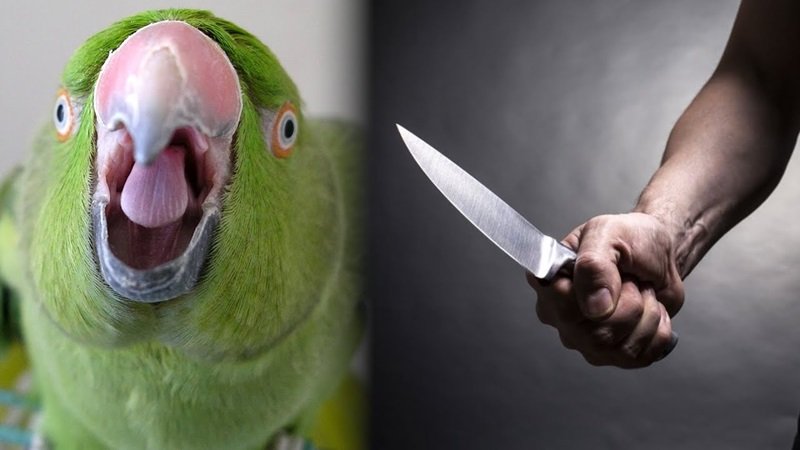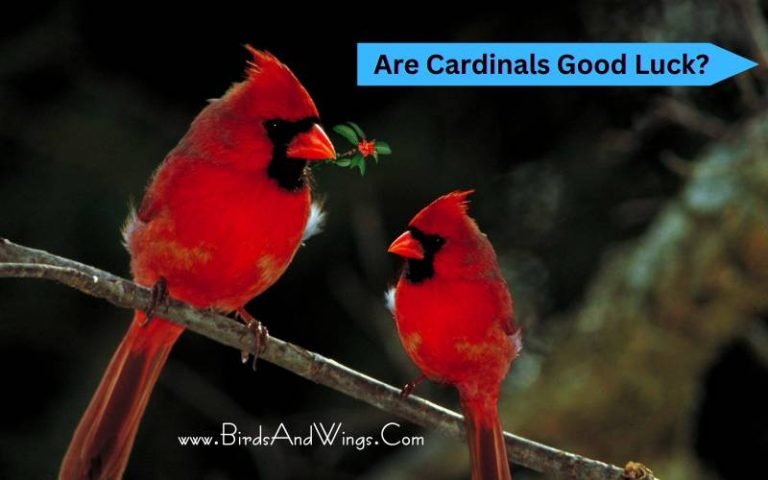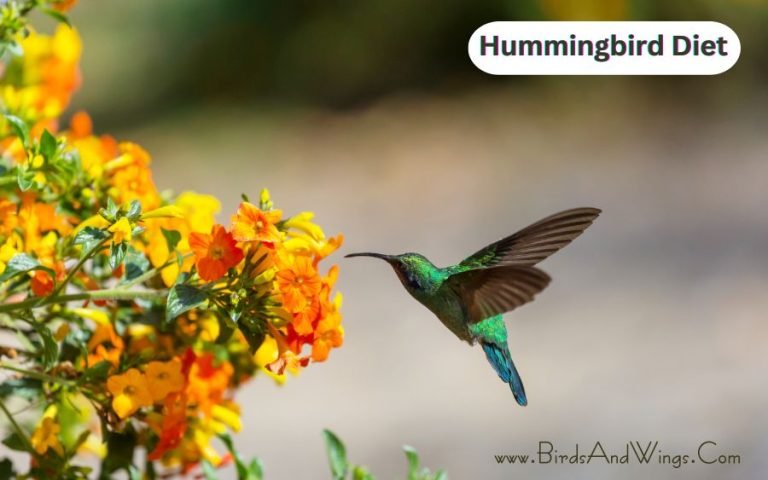What Are Parrots Predators?
Parrots are vibrant color plumage birds with amazing vocalization and high IQ levels. However, these parrot species encounter a variety of natural and human-induced threats and dangers in the wild.
We can save these species by understanding their predators and taking enough action to protect their habitats, ensuring they thrive in the wild.
So, in this article, we will find parrots, predators from nature, and threats from humans. Later, we’ll discuss how to protect this special species from predators and give them thriving wildlife.
So, buckle up, readers, to make a wild journey about these species.

Natural Predators of Parrots
Hunting these types of food cycle ranges has maintained nature’s order. However, for living in the wild, parrots have many natural predators who hunt them.
In this section, we’ll look for their most common predators, such as birds of prey, snakes, mammals, and owls.
1. Birds of Prey
As we know, birds of prey are hunting birds that hunt birds for food. Basically, these birds feed on the raw flesh of other animals.
They are also known as predatory birds. In this birds of prey list, hawks, eagles, owls, and falcons are the common birds that hunt parrots.
Among them, many hawks hunt and target these parrot species; however, black and white eagles and harpy eagles are the most common hawks; similarly, harpy eagles also target our beautiful parrot species in the wild.
Researchers have claimed that these hawks’ birds often target these parrots’ eggs or chicks, as they are mostly easy targets.
Sometimes, they also target injured parrot species in the wild. Besides, hawks target smaller parrots like parakeets. And so they often hunt thick-billed parrots, and their powerful talons can easily take down these species.
Similarly, falcons are very skilled hunters of small animals. Their sharp vision and diving technique help them break their prey’s necks as well.
Owls are also another predator of parrots. However, these owls mostly avoid large parrots for hunting purposes. These owls also eat carrots, eggs, and chicks if they get any chance to eat.
Owls’ exceptional night vision helps them to find their prey easily.
2. Snakes
Snakes are another predator that hunts our beautiful parrots in the wild. Larger snakes, such as pythons and boa constrictors, are the common predators of parrots.
Although snakes do not attack these birds while flying, they mainly attack their nests or attack them while sitting on a tree branch.
Snakes primarily target parrot eggs and newborn babies in nests when the mother is not around. They can easily climb a tree and hunt on their nesting sites.
When these snakes attacked parrots, they captured the snakes and coiled around her. Later they bite or swallow the whole parrot.
3. Mammals
Mammals are another natural predator, which will hunt these parrots in the wild. Most mammals are rats, cats, bats, or monkeys. Large bats, like false vampire bats, hunt parrot species.
These vampire bats are among the largest bats, which is why they can easily capture small parakeets or parrots.
Some big cats, such as jaguars and ocelots, are also on the parrots’ predator list. Cats are the cats who can eat birds or parrots. Although monkeys are less predators of parrots, sometimes they hunt small birds or parakeets in the wild.
Human-Induced Threats to Parrots
Like other natural predators, humans are a threat to these parrot species. Similarly, pest control elements harm these parrots.
Humans are responsible for these species’ habitat loss and deforestation. Humans randomly cut down trees, which is one reason for nature’s deforestation.
Moreover, humans sometimes illegally trade these parrot species, which is why they are threatened by us. These illegal captures of parrots reduce their species number to some extent, which is actually a threat to their reproduction.
Besides, some birds are also hunted by human hands, which is devastating for them. People sometimes hunt these species to get their fresh flesh or meat.
Therefore this human behavior affects the balance of nature and ecosystems.

Ways to Protect Parrots From Predators
So far, we have discussed the factors that cause parrots to be harmed by nature and humans. In this section, we’ll discuss some tips that ultimately help these species protect themselves from natural predators and human threats.
1. Providing Safe Nesting Sites
Somehow, humans are the reason that parrots are losing their nesting sites and habitat preferences. We can ensure their security by providing them with secure and safe nesting sites for their breeding seasons.
That is why we can give them artificial nesting sites, boxes, or hollow spaces for them as well. In these artificial places, parrots can Safely lay their eggs and raise their young without being afraid of natural predators.
2. Installing Predator Proof Enclosure
We can also provide predator-proof enclosures for them. These enclosures are basically a protected shield of strong fencing with wooden or metal poles.
It has been found that these enclosures have a 95% success rate in reducing predator attacks, such as carnivore attacks and hawk attacks. By prodding these predator-proof enclosures, we can reduce their predators’ attacks to some extent.
3. Educating Local Communities on the Importance of Parrot Conservation
Without educating the whole community, we cannot actually save or protect these species. Therefore, we need to make awareness of these species and their conservation of nature.
If people don’t understand the significance of these species, then we cannot stop the illegal trading and hunting of these species.
Until and unless people realize nature’s importance and economic significance, they cannot be part of a community.
Conclusion
To sum up with the thought that parrots have both natural and human threats, which actually become their barriers to survival in the wild.
However, we can give them proper habitats by thoroughly understanding their predators. Besides, we can take necessary steps to ensure their security and reliability in nature, which will help them thrive in the wild.







